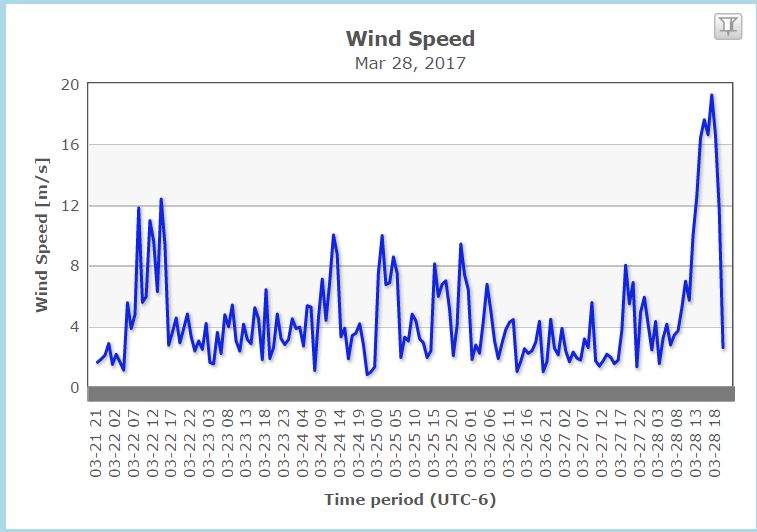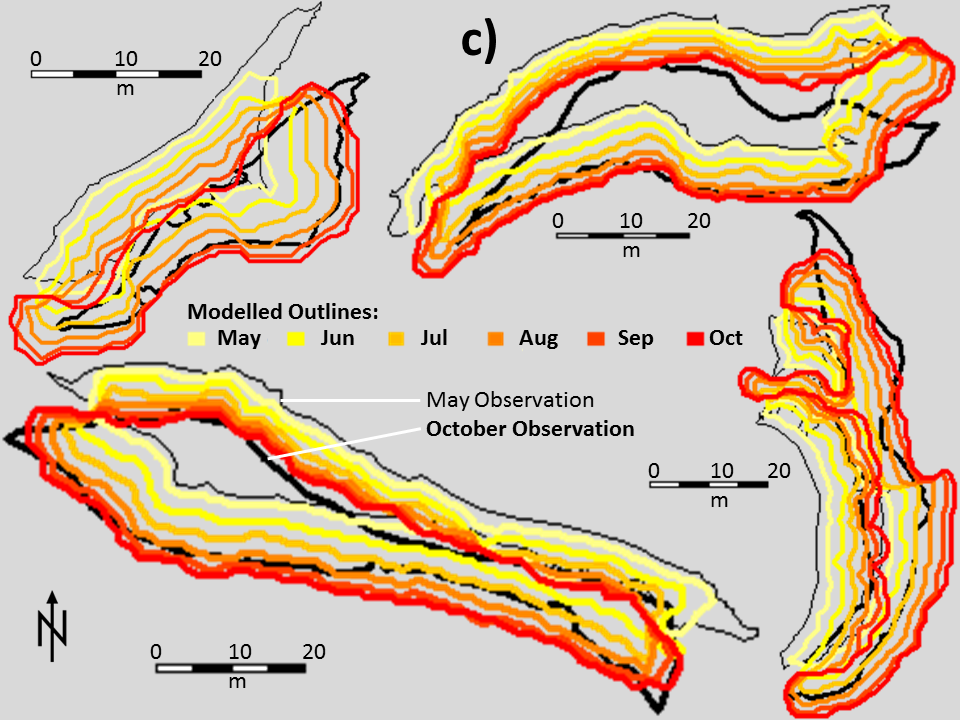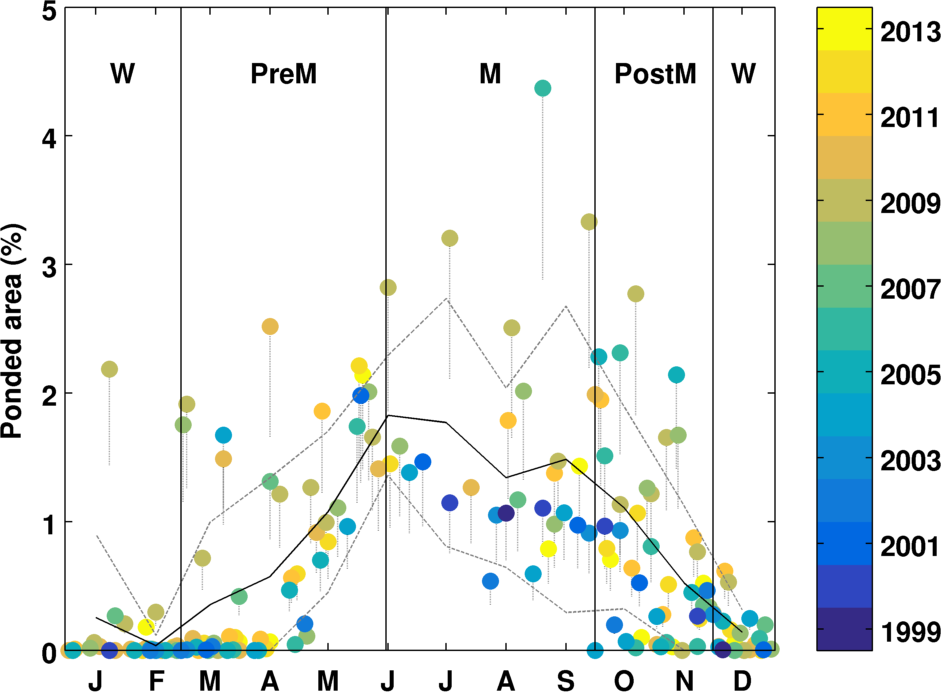We are pleased to announce that on Friday June 2nd Walter Immerzeel received the Boussinesq Prize 2017, a tri-annual award given to a person for recognition of his/her outstanding scientific contributions to hydrological sciences. It was awarded by prof. Bob Su at the Boussinesq Spring Meeting 2017 in Enschede. At the meeting Walter gave […]
Our news
Have you always wondered what these prestigious, multi-million euro research grants from the European Research Council (ERC) are all about? Are you interested how ERC research projects relate to your daily life? Together with nine other ERC laureates from Utrecht University, Walter Immerzeel presented his ERC research during the ERC […]
A report by Philip Kraaijenbrink I am visiting Canmore in the Canadian Rocky Mountains to collaborate with Joe Shea on a new unmanned aerial vehicle study led by the Centre for Hydrology of the University of Saskatchewan. The objective is to monitor snow melt and redistribution throughout the melt season using UAV surveys and in […]
Pascal and several team members have just had published their paper, A physically based 3-D model of ice cliff evolution over debris-covered glaciers, in the Journal of Geophysical Research: Earth Surface. They used a new data set of high-resolution observations of cliff evolution over one ablation season to identify patterns […]
We collect most of the data we use in our research in the field, in recent years to a large degree in the Nepalese Himalayas. Field work can have effects on your health – it’s cold, oxygen levels are low, work is exhausting and you are always a bit nervous […]
Evan Miles passes PhD viva Research team member Evan Miles, based at the University of Cambridge, has recently passed his PhD viva and will now be Dr Miles! His thesis, titled ‘Spatio-temporal variability and energy-balance implications of surface ponds on Himalayan debris-covered glaciers’ has combined remote sensing, field surveys, and […]
The Indus is one of the most meltwater-dependent rivers on Earth, and hosts a large, rapidly growing population and the world’s largest irrigation scheme. Understanding the hydrology of the upper Indus basin is challenging. The Hindu Kush, Karakoram and Himalayan mountain ranges are difficult to access, hampering field measurements of […]
We know very little about glaciers in the high mountains. We know they’re shrinking and temperatures are rising faster at higher altitudes than anywhere else on the planet. But, due to extreme conditions and inaccessibility, we have much to learn. Detailed field measurements are being made on just twelve out […]
Glaciers covered by debris – rocks, dirt, silt, and sand – are common in the Himalayas. Depending on who’s counting (and where you are looking), debris covers nearly 25% of the total glacierized area in the region. Experiments and previous studies have shown that really thin debris enhances melt, but […]





